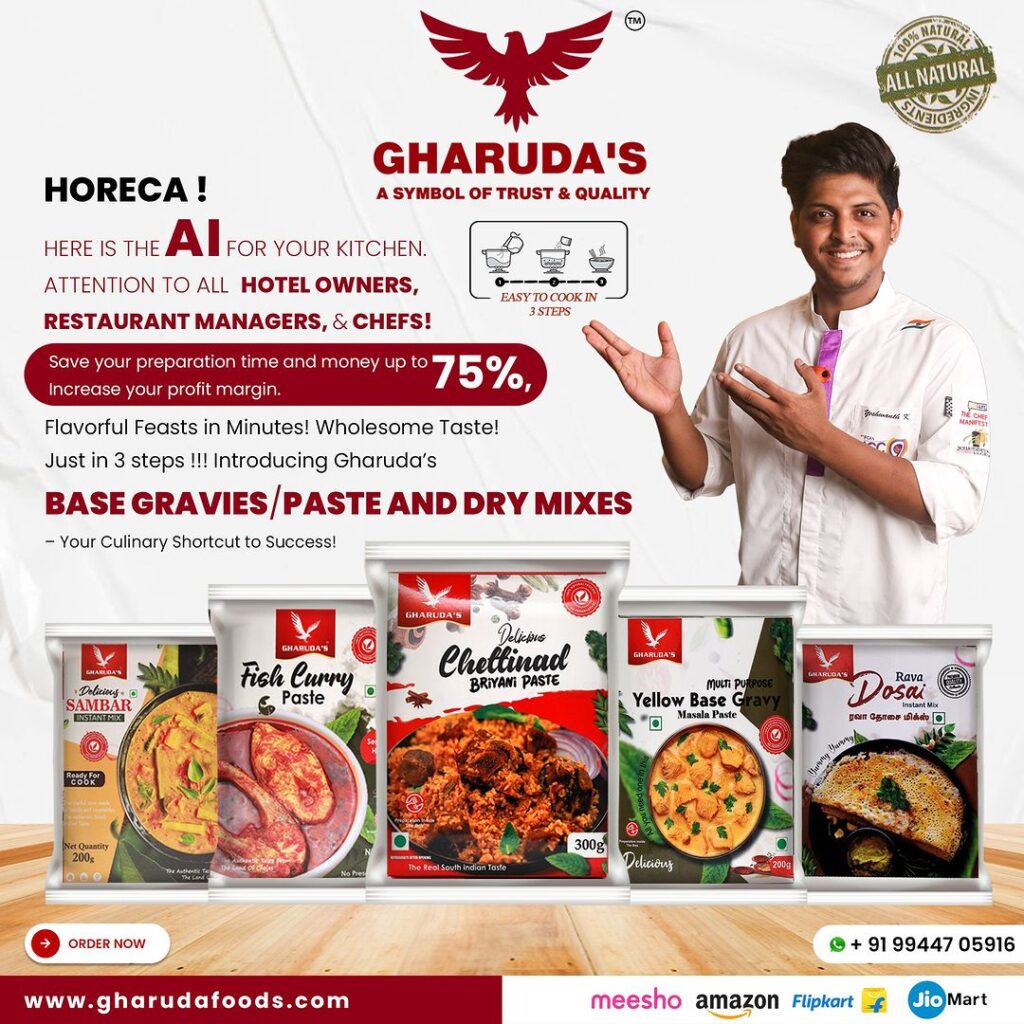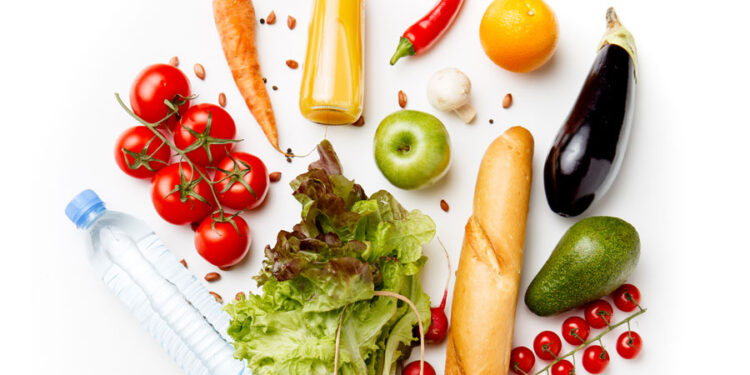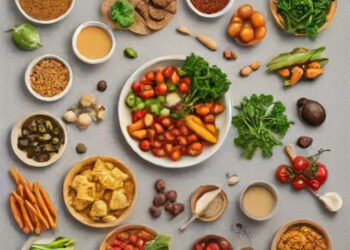THIS ARTICLE IS POWERED BY

-Khwaish Hingad (cbedit@imaws.org)
In the ever-evolving landscape of the food distribution industry, the intersection of emerging food trends and the persistent challenge of mitigating shortages demands proactive strategies and innovative solutions. As we propel into the future, the intricate dance between catering to shifting consumer preferences and ensuring a reliable supply chain becomes a pivotal focus for industry leaders.
With the rapid evolution of culinary preferences and dietary inclinations, staying ahead of food trends has become a dynamic necessity. Consumers today are more conscious and discerning, seeking diverse, sustainable, and health-conscious options. Simultaneously, the industry faces the enduring challenge of mitigating shortages, exacerbated by factors such as climate uncertainties, global supply chain disruptions, and economic fluctuations.
This discourse delves into the delicate balance that food distributors must strike to not only adapt to emerging food trends but also effectively address and mitigate shortages in the supply chain. Exploring technological advancements, sustainable practices, and resilient distribution models, this discussion aims to unravel the strategies that will shape the future of the food distribution industry. As we navigate this intricate terrain, a forward-thinking approach becomes paramount to ensuring a sustainable, resilient, and consumer-focused food distribution ecosystem.
Venturing into the realm of industry insights, we sought the perspectives of seasoned experts to shed light on the confluence of food trends and supply chain challenges in the food distribution sector.
2024 Outlook: Navigating Rising Food Costs and Consumer Access Challenges

Speaking on this Mr. Rajesh Francis, Managing Director – MagSon Retail and Distribution Pvt Ltd said, that the inflation and fluctuations in the US dollar values are anticipated to contribute to a significant rise in food product costs in 2024. This trend has been evident post-COVID, with a consistent increase in food prices. “As distributors and retailers, what we see, consumer taste preferences remain a constant, and our primary focus is on meeting their need for sustenance. Foreseeing 2024, we don’t expect substantial shifts in food trends. Our key challenge lies in navigating the economic factors impacting costs while ensuring continued accessibility to essential food products for consumers.” Rajesh Francis added.
Tackling Food Waste in Distribution Processes

Addressing this issue, Mr.Swapnil Kailabhai Agarwal, Director MK Food Lion Pvt Ltd said, “In today’s era, food wastage is rampant, especially at events where attendance is unpredictable. Parties for 400 might see only 300 attendees, leading to unnecessary food waste. Conversely, when more people show up than expected, restaurants are forced to prepare excessive quantities, contributing to wastage.
The prevailing mindset of abundant food availability has led to widespread nonchalance about waste. To combat this, we offer practical solutions – frozen, dehydrated, and ready-to-eat packages. These products cater to restaurants, caterers, hotels, and events, curbing on-the-spot production and fostering a more sustainable approach to food consumption.”

Whereas Mr.Hemang Sharma, Director- Sales & Marketing, Mahalaxmi Dairy products commented,
“Minimizing dairy product wastage is critical since spoilage renders an entire batch unusable. For Paneer, Milk, and Dahi, once they go bad, there’s no recourse but to discard them. To prevent this, we prioritize proper storage. Our warehouse and vehicles are meticulously designed with precise temperature control and insulation, creating optimal conditions for dairy product preservation. This proactive approach significantly reduces the risk of spoilage, ensuring the quality and longevity of our products.”
“In the perishable industry, minimizing wastage is paramount. We proactively address potential issues by closely monitoring both the production and distribution processes. By ensuring precision in these key stages, the likelihood of product spoilage or rejection is significantly reduced.

Recognizing that successful distribution is integral to product success, we’ve implemented temperature control and insulation measures. This strategic approach not only enhances the quality of our products but also plays a vital role in decreasing overall wastage. Our commitment to meticulous processes from start to finish underscores our dedication to delivering top-notch perishable goods”, further added Mr. Aalap Shah, Owner, Jain Dairy.

Giving a different view on tackling food wastage Mr. Pringal Golwala, Proprietor, Mahalaxmi Traders shared, “We retrieve damaged products and responsibly dispose of them, recognizing that their consumption poses potential harm to the human body. Disposal is essential as these products are unfit for use and pose safety risks.”
Tech Solutions: Cutting Inefficiencies and Waste in Food Distribution
Mr. Agarwal highlighted that technology has helped them alot further adding that, “The technology behind our frozen, dehydrated, and ready-to-eat packages is instrumental in reducing wastage and encouraging customers to do the same. For instance, consider watermelon with a natural shelf life of 7-10 days. By freezing it, we extend its shelf life to 12 months, allowing for gradual consumption without spoilage. Our ready-to-eat and dehydrated items require minimal cooking – just add hot water. This simplicity minimizes the chances of excess food preparation and ensures that customers make only what they need, effectively addressing the issue of food wastage.”
“Ensuring product quality and longevity is key to delivering superior goods. Extending shelf life is crucial to prevent rapid spoilage. In the case of dairy products like Paneer, customers often appreciate the value it holds, even when there are leftovers. Our factory boasts a cold storage capacity of 100 metric tons, preserving products effectively. For long-distance transportation to places like Baroda or Surat, our specialized vehicles with temperature control can store 4-6 tons, ensuring ideal conditions throughout the journey. Local deliveries utilize insulated packaging, maintaining product freshness for 4-6 hours. This commitment to optimal storage and transport conditions reflects our dedication to delivering quality products to our customers”, Mr.Sharma also added how adoption of new technology has helped them improve their product quality.
Whereas Mr.Shah has adopted new technology to improve their product’s shelf life, “Utilizing technology in our packaging has been instrumental in extending shelf life and preserving freshness. While certain technologies may compromise product quality, we carefully avoid such approaches. Instead, we employ a strategic combination of technologies that not only enhance shelf life but also ensure the ongoing freshness of our products.”
In the dynamic landscape of the food distribution industry, this comprehensive exploration unveils the challenges and innovative solutions shaping its future. The intricate dance between emerging food trends and the persistent challenge of shortages underscores the need for proactive strategies. Insights from industry experts provide valuable perspectives on navigating rising costs, meeting consumer needs, and implementing sustainable practices.
Addressing the concerning issue of food wastage, industry players showcase a commitment to responsible disposal, leveraging technology to extend shelf life, and adopting strategic packaging solutions. The seamless integration of technology emerges as a transformative force, significantly reducing inefficiencies and waste in the distribution process.
As we peer into 2024, the outlook is characterized by resilience, adaptability, and a consumer-focused approach. The industry’s forward-thinking stance, coupled with technological advancements, not only addresses current challenges but lays the groundwork for a sustainable, efficient, and consumer-centric future in the food distribution landscape.
THIS ARTICLE IS POWERED BY








